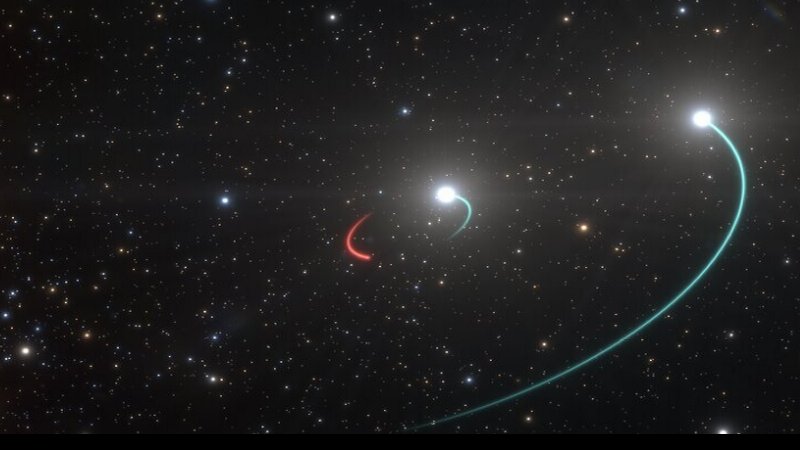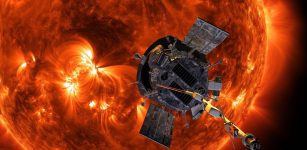Juno Spacecraft Arrives At Jupiter After Five-Year Long Journey From Earth
MessageToEagle.com – On July 4, 2016, NASA’s Juno spacecraft will plunge into uncharted territory, entering orbit around the gas giant and passing closer than any spacecraft before.
Juno will see Jupiter for what it really is, but first it must pass the trial of orbit insertion.
As of noon (Pacific time) today, July 2, NASA’s Juno mission was 1.79 million miles (2.88 million kilometers) from Jupiter — and closing. The solar-powered spacecraft will cross the orbit of the outermost Galilean moon, Callisto, on July 3 at about 11 a.m. PDT (2 p.m. EDT).

The orbits of Ganymede, Europa and Io (the other Galilean moons), will be crossed on July 4 at about 4 a.m. PDT (7 a.m. EDT), 10:30 a.m. PDT (1:30 p.m. EDT) and 2:15 p.m. PDT (5:15 p.m. EDT) respectively. These four largest moons of Jupiter are named the Galilean moons because they were discovered by Galileo Galilei in 1609.
On July 4, at 8:18 p.m. PDT, Juno will fire its main engine, beginning a 35-minute burn that will place it into orbit around Jupiter.
The Juno mission team is spending today monitoring the spacecraft as it executes the computer sequence that will carry it through Jupiter orbit insertion on July 4. Juno’s science team spent the day in conference, discussing plans for data collection in the months and years following Jupiter orbit insertion.
“We are ready,” said Scott Bolton, principal investigator of Juno from the Southwest Research Institute in San Antonio.
“The science team is incredibly excited to be arriving at Jupiter. The engineers and mission controllers are performing at an Olympic level getting Juno successfully into orbit. As Juno barrels down on Jupiter, the scientists are busy looking at the amazing approach science the spacecraft has already returned to Earth. Jupiter is spectacular from afar and will be absolutely breathtaking from close up.”
During its mission of exploration, Juno will
- circle the Jovian world 37 times, soaring low over the planet’s cloud tops — as close as about 2,600 miles (4,100 kilometers),
- will probe beneath the obscuring cloud cover of Jupiter and
- study its auroras to learn more about the planet’s origins, structure, atmosphere and magnetosphere.
Juno’s name comes from Greek and Roman mythology. The mythical god Jupiter drew a veil of clouds around himself to hide his mischief, and his wife — the goddess Juno — was able to peer through the clouds and reveal Jupiter’s true nature.
More information on the Juno mission is available at:
MessageToEagle.com










